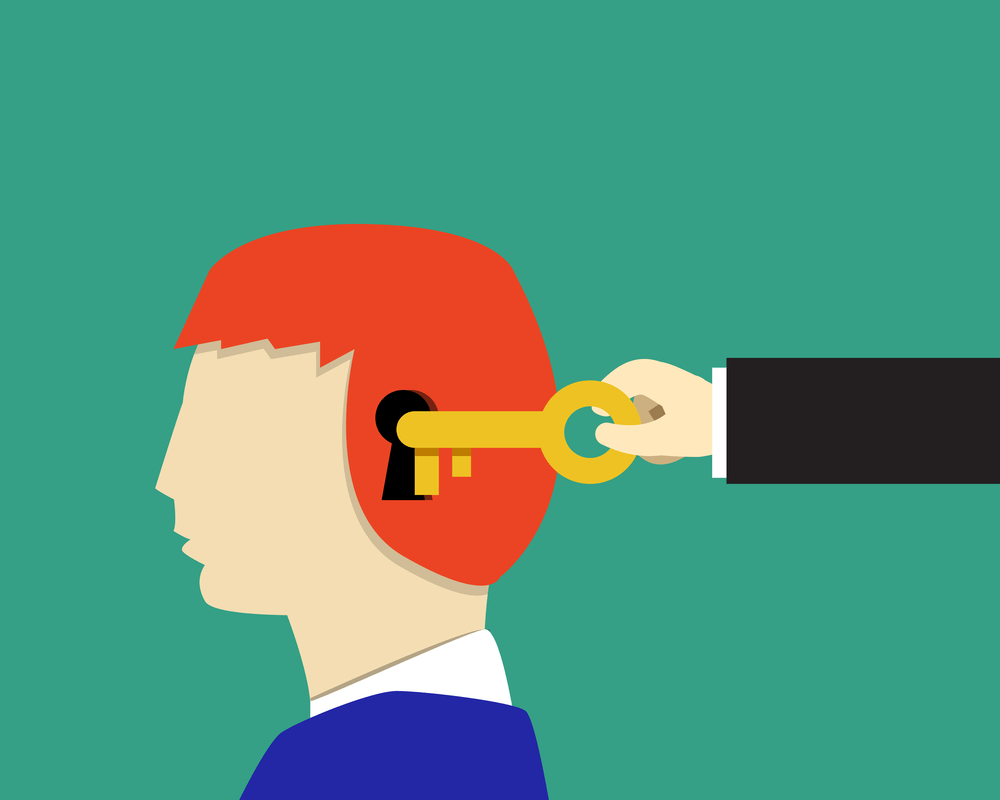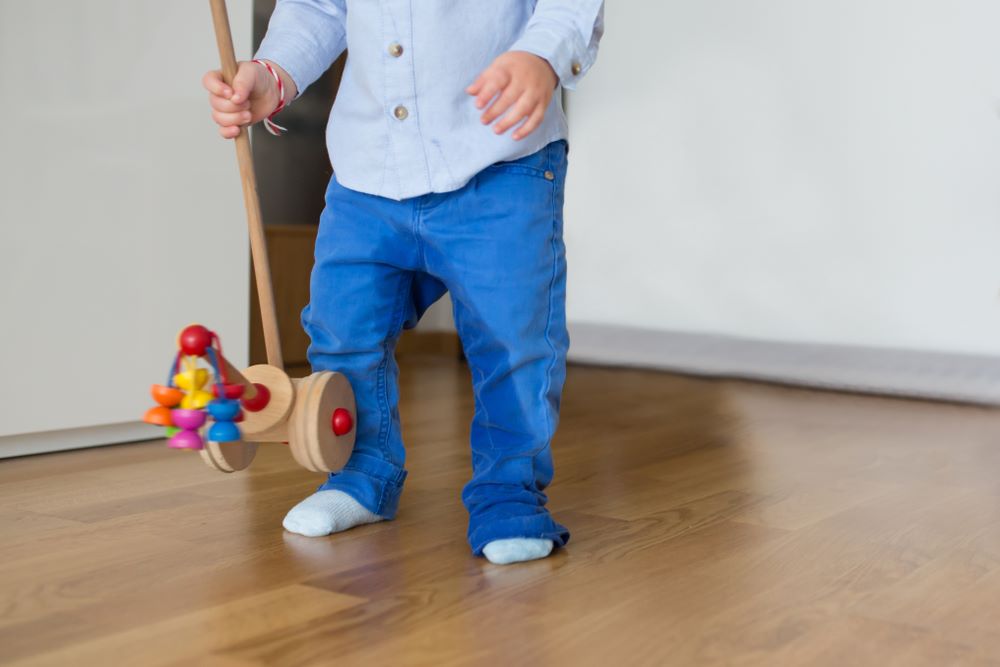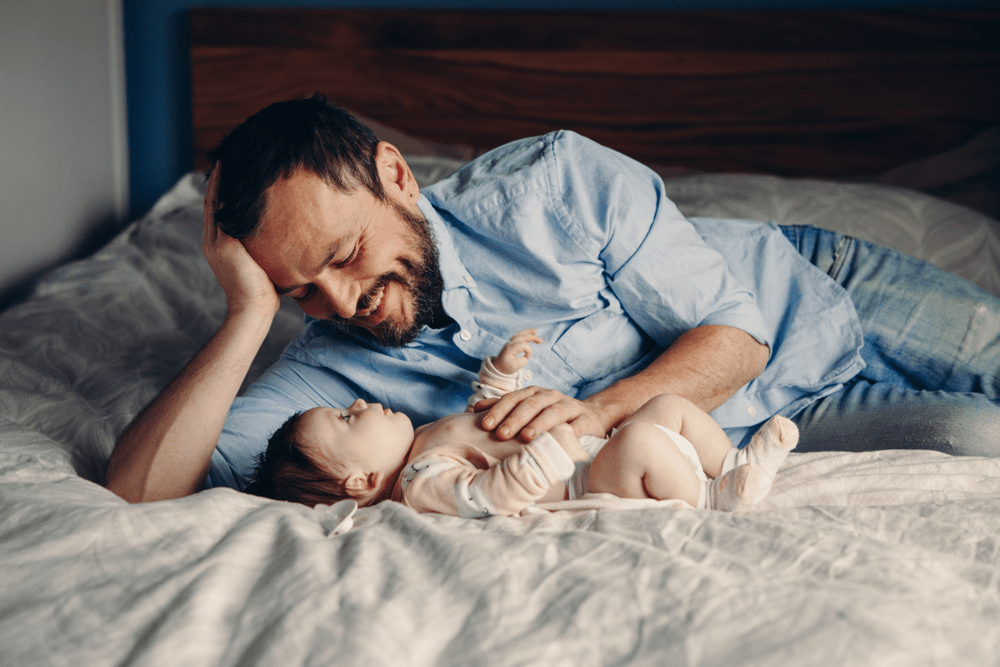
What does “Primary Caregiver” mean in educational intervention programs and tests?
Primary caregiver refers to parents in most cases. So why don’t we say parents or parents, but primary caregivers? Because the primary caregiver covers both parents and those responsible for children who have lost their parents or for some reason whose parents have not been able to spend time.
- For example, parents may have died. The child may be staying in the Child Protection Institutions. In this case, the primary caregiver is the person responsible for the child in the institution.
- Parents may be working. In this case, the person who takes care of the child at home while the parents are at work is the primary caregiver.
- The parents are working again and the grandmother or grandmother may be looking after the child on weekdays. In this case, the primary caregiver is grandmother or grandmother.
- If the parents are separated and the child lives with the father, the primary caregiver is the father. If child lives with the mother, the primary caregiver is the mother.
Working with intervention programs with primary caregivers is of great importance in terms of frequency and opportunity education. Therefore, primary caregiver definition is used in intervention programs instead of parents.
In our area, the primary caregiver may be a shadow teacher responsible for our special child at home. In this case, the most frequent shadow teacher should be included in the program, besides the child, who can repeat the program most frequently.




